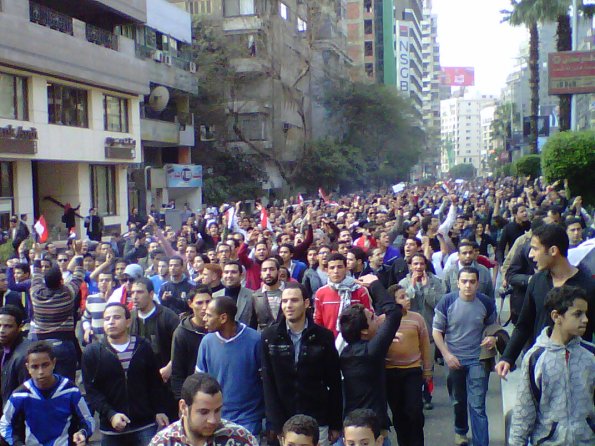Archive
Vote for New 7 Wonders!
These are some finalists of New 7 Wonders. For further information, visit http://www.new7wonders.com/en/index/. So, Vote for New 7 Wonders before 11.11.2011.
Indonesia’s Komodo National Park includes the three larger islands Komodo, Rinca and Padar, as well as numerous smaller ones, for a total area of 1,817 square kilometers (603 square kilometers of it land). The national park was founded in 1980 to protect the Komodo dragon. Later, it was also dedicated to protecting other species, including marine animals. The islands of the national park are of volcanic origin.
Halong Bay is located in Quáng Ninh province, Vietnam. The bay features thousands of limestone karsts and isles in various sizes and shapes. The bay has a 120 kilometre long coastline and is approximately 1,553 square kilometres in size with 1969 islets. Several of the islands are hollow, with enormous caves, other support floating villages of fishermen, who ply the shallow waters for 200 species of fish and 450 different kinds of mollusks. Another specific feature of Halong Bay is the abundance of lakes inside the limestone islands, for example, Dau Be island has six enclosed lakes. All these island lakes occupy drowned dolines within fengcong karst.
Mount Vesuvius is a volcano east of Naples, Italy. It is the only volcano on the European mainland to have erupted within the last hundred years, although it is not currently erupting. Vesuvius is best known for its eruption in AD 79 that led to the destruction of the Roman cities of Pompeii and Herculaneum. It has erupted many times since and is today regarded as one of the most dangerous volcanoes in the world.

2011 Egyptian Protests
This is my first post. Hope you understand it and like it. It’s about international laws and crimes. For further information, visit http://en.wikipedia.org/wiki/2011_Egyptian_protests.
If you turn on your television now and watch some news, probably you will found a news titled Egyptian Protest. This post may help you understand the news.
The 2011 Egyptian protests are a series of street demonstrations, protests, and acts of civil disobedience that began in Egypt on 25 January 2011. The demonstrations and riots first occurred in the weeks after the Tunisian uprising, with many protesters carrying Tunisian flags as a symbol of their influence. Specific grievances have centered around legal, political, and economic issues including police brutality, state of emergency laws, lack of free elections and free speech, corruption, high unemployment, low minimum wages, insufficient housing, food price inflation, and poor living conditions. Demands from protest organizers included rights of freedom and justice, the end of the Hosni Mubarak regime, and a new government that represents the interests of the Egyptian people.
While localised protests had been commonplace in previous years, major protests and riots broke out all over the country starting on 25 January, known as the “Day of Anger”, a date selected by Egyptian opposition groups and others for a major demonstration, coinciding with the National Police Day holiday. The 2011 protests have been called “unprecedented” for Egypt, and “the largest display of popular dissatisfaction in recent memory”. These have been the largest demonstrations seen in Egypt since the 1977 Egyptian Bread Riots. For the first time, Egyptians from different socio-economic backgrounds and faiths have joined in protest together.
As of 29 January, at least 105 protester deaths had been reported (27 in Suez, 33 in Alexandria, 45 in Cairo), along with 10 policemen. Those injured number 750 policemen and 1,500 protesters. The capital city of Cairo has been described as “a war zone”, and the port city of Suez has been the scene of frequent violent clashes. The Egyptian government has attempted to break up and contain protests using a variety of methods. Anti-riot police groups have been responding with shields, rubber bullets, batons, water cannons, tear gas and, in some cases, live ammunition. For the most part, the protest response has been non-lethal, although there have been fatalities. The government turned off almost all Internet access and imposed a curfew, claiming that minimizing disruption from the protests is necessary to maintain order and to prevent an uprising of fundamentalist Islamic groups.
International response to the protests has generally been supportive with most governments and organizations calling for non-violent responses on both sides and peaceful moves towards reform. The protests have captured worldwide attention due to the increasing integration of Twitter, Facebook, YouTube, and other social media platforms that have allowed activists and onlookers to communicate, coordinate, and document the events as they occur. As the level of publicity has increased, the Egyptian government has made increasing efforts to limit internet access, especially to social media. On the eve of major planned protests on Friday, 28 January, a nationwide internet and mobile phone “blackout” began, though before dawn the following morning it was reported that the blackout for cell phones had ended.



